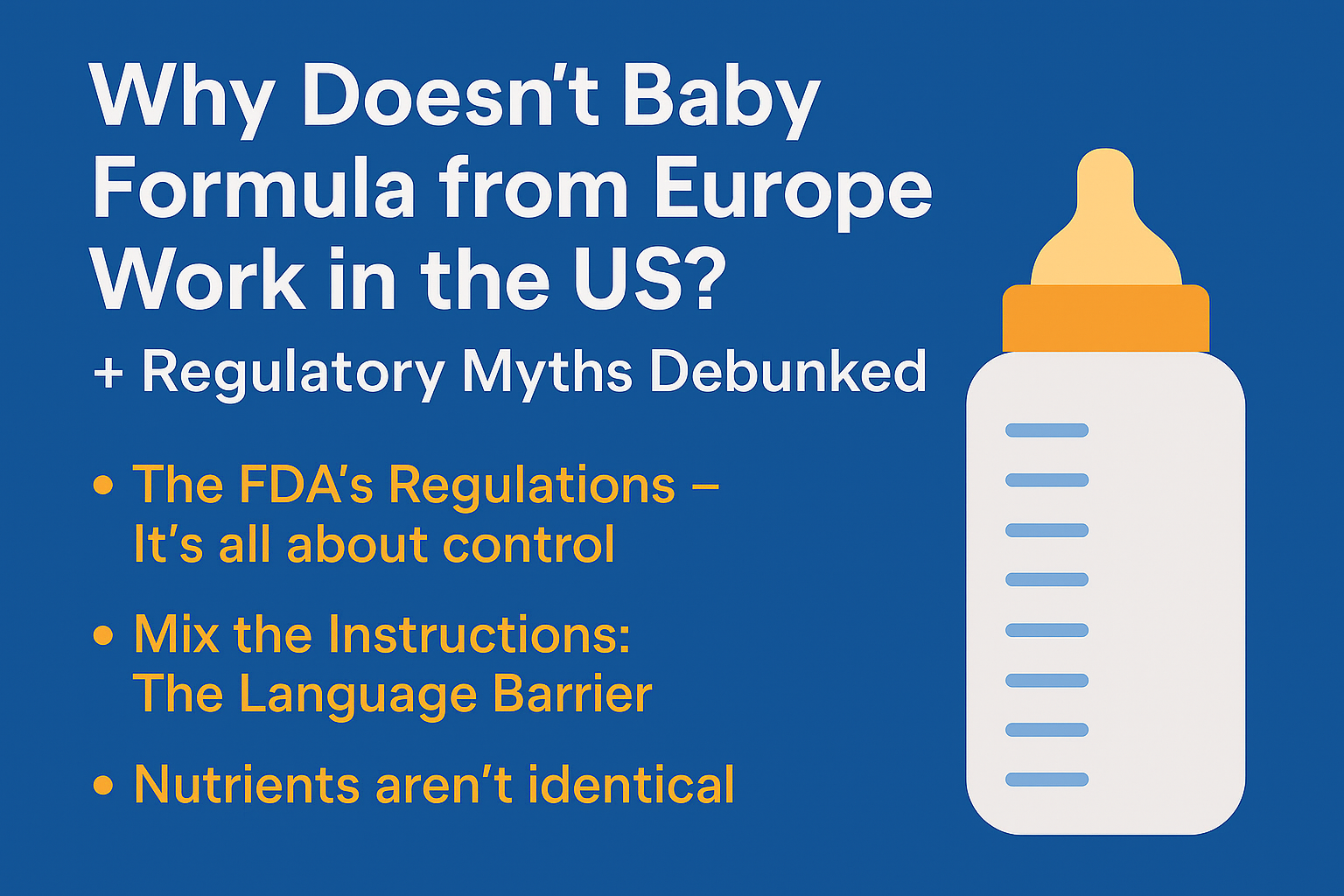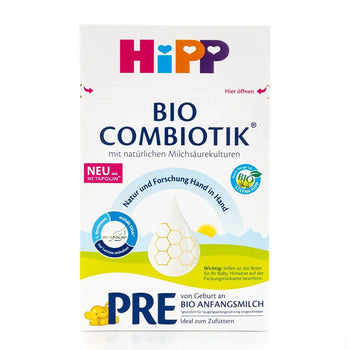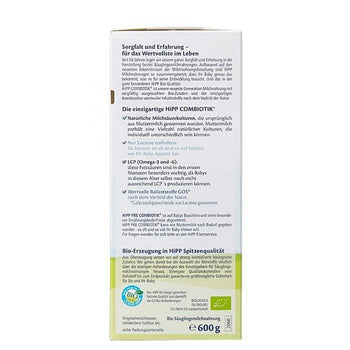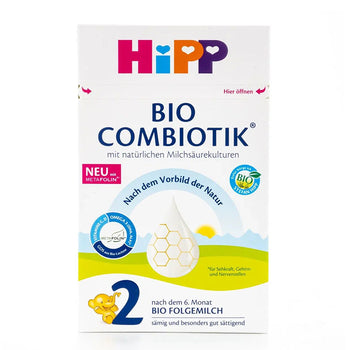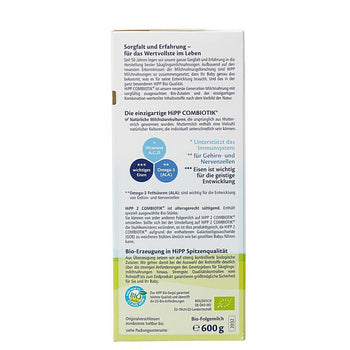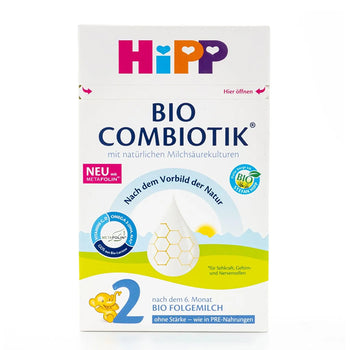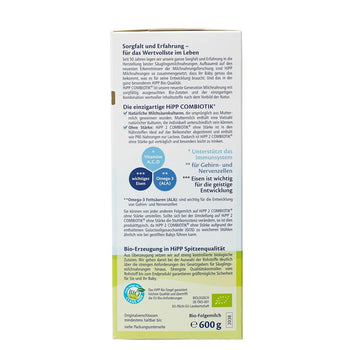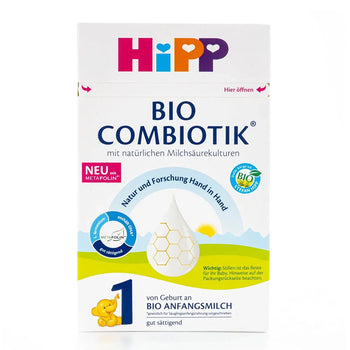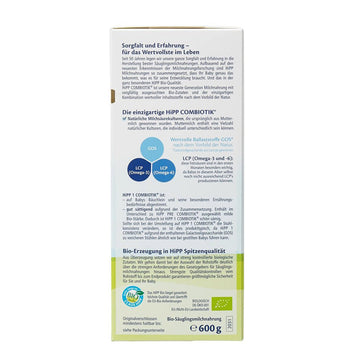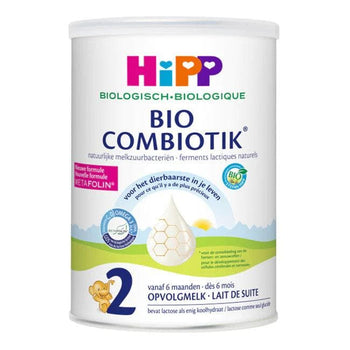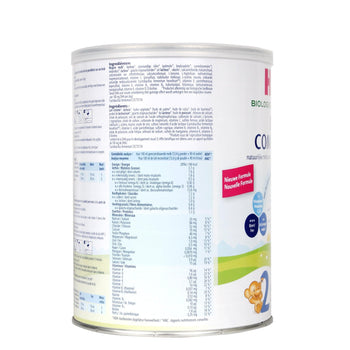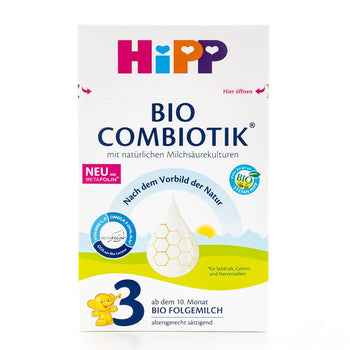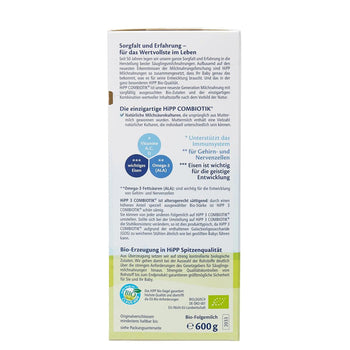Table of Contents
- Introduction
- The FDA’s Regulations – It’s all about control
- Mix the Instructions: The Language Barrier
- Nutrients Aren’t Identical
- Storage, Safety & Transport
- Some European Formulas Are Now FDA-Authorized
- The Regulatory Myth That Now Should End
- What You Need to Do If You Try the European Formula
- You Deserve Clarity & Safety
Introduction
If you’re putting effort into blending European baby formula the way you can mix US brands, it may lead to unintended safety or nutritional issues. Many parents opine, “formula is formula”, but it’s completely wrong. A lot more differences are present among the legal traps, regulatory differences, as well as hidden pitfalls. Let’s clarify the facts and make you realize why baby formula from Europe frequently fails in the US. Also, you should know which myths you need to drop, right now.
The FDA’s Regulations – It’s all about control
The first myth:
Regulators in the US are just domineering.
But no, the FDA claims a chain-of-custody, safety tests, labeling, and inspections. Unless approved and registered, the European formula steps into the US as unconstrained imports. So, it can be understood that you can’t legally sell the “infant formula” there. So, whenever you’re purchasing baby formula that’s branded from the EU through a grey-market seller, you’ll be skipping all the mistakes.
The second myth:
European rules are not clear.
EU rules forbid many additives that the US rules still permit. So, it can be stated that European baby formula might be noteworthy in Europe, but unless it’s authorized by the FDA or meets all US safety standards, it’s absolutely illegal as well as dangerous in the US.
Mix the Instructions: The Language Barrier
Suppose you’re getting a tin labeled in German or Dutch. And the scoop size is not proper as well. On the tin, the instruction depicts, “1 scoop per 1 ounce of water”. On the other hand, several US brands utilize the ratio: 2 ounces of water + 1 scoop. Now, if you miscalculate the measurement, then your baby’s formula would be overly diluted or concentrated. Also, it can create electrolyte imbalance, poor growth, or dehydration.
Apart from that, you’ll end up guessing as some labels don’t display the instructions in English. This cannot be considered when it’s all about your baby’s nutrition. So, never allow the myth to persist, “all formulas blend the same”, because they don’t.
Nutrients Aren’t Identical
Iron Levels
Frequently, US formulas pack 1.8 mg/100kcal or higher. Also, European infant formula rules cap iron lower (1.3 mg/100 kcal, maximum for the first 6 months).
Additives
European rules prohibit carrageenan, certain gums, and artificial sweeteners. US formulas sometimes incorporate these elements.
Requirement of DHA
DHA is compulsory in the European Union. On the other side, incorporating DHA is completely optional.
So, if you’ve heard that the US formulas are filled with trash, while the European ones are magically pure, that’s a marketing misconception. So, each and every formula needs to meet the minimum nutrition standard.
Storage, Safety & Transport
When you’re importing baby formula, you should know it’s travelling. The factors that degrade nutrients are humidity, heat, and time. You don’t have any idea if that tin in the baby formula is, sat in a warehouse for weeks or not. Also, the third-party sellers frequently avoid safety checkpoints. So, there’s no factory inspection by US authorities.
If the can is mislabelled or fake, you’ll be stuck in that situation. In this kind of case scenario, US doctors strictly warn everyone against imported formulas from doubtful sources.
Some European Formulas Are Now FDA-Authorized
The FDA sanctioned temporary import authorizations for some global brands after the 2022 US formula shortage. Also, they meet the US safety codes as well as nutritional standards. You may have found that Kendamil of the UK is finally legally distributed in the US and maintains FDA authorization. Now, this truth breaks the point that all European baby formulas are illegitimate in the US – some are now legally approved.
The Regulatory Myth That Now Should End
Myth:
“FDA is degenerating; Europe’s always right.” No. U.S. rules make a difference, but always aim to catch risks in a diverse and large market.
Myth:
“Once a formula works, baby will always put up with it.” If you import a mislabelled formula with the wrong iron or any other element, the feeding tolerance can shift.
Myth:
“EU formula will always be safe and sound.” No, it’s completely wrong. Safety depends on the storage, chain, and regulation in the target country.
Myth:
“Additives equal to poison”. There are so many additives that are benign, allowed even in the EU, in carefully regulated amounts.
What You Need to Do If You Try the European Formula
- Always source from transparent and trustworthy suppliers who can pile up their products in the climate-controlled US warehouses
- Find the English instructions and read the label carefully
- If you want to switch to imported formulas, ask your pediatrician before
- Keep an eye on your baby’s growth, stool, and digestive system as well
You Deserve Clarity & Safety
Don’t ever let the marketing strategy win over you if you aren’t guided properly. Always remember, you deserve confidence and safety. So, if you’re curious whether European baby formula is appropriate for your infant, dig deep into the website euromallusa.com, and get proper information about that.
Want help with opting for the baby formula for your little ones? Join us and we’ll help you pick a winner!




